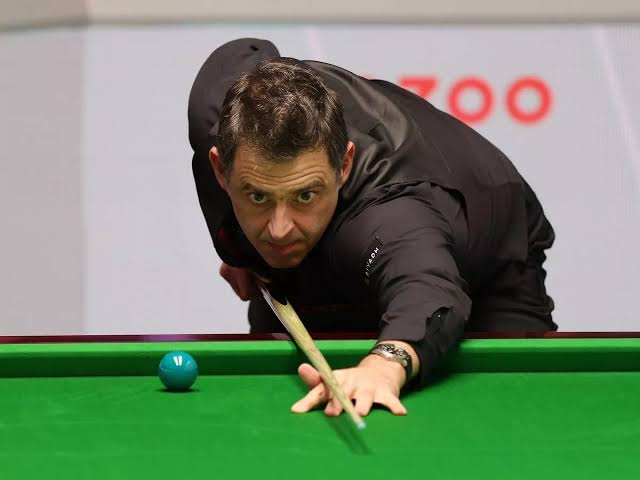In recent days, the snooker community has been rocked by alarming headlines claiming that legendary player Ronnie O’Sullivan was involved in a catastrophic airplane crash, with reports suggesting a miraculous survival and ongoing investigations. However, upon closer examination, these sensational stories have been debunked as baseless fabrications, highlighting the pervasive issue of fake news in today’s media landscape.

The false narrative began circulating through various online platforms, including social media and questionable news websites. These outlets published unverified reports, complete with dramatic headlines and fabricated details, to capture attention and generate clicks. The stories often included fabricated quotes from supposed witnesses and emergency responders, adding a layer of authenticity to the otherwise baseless claims.
### Fact-Checking the Claims
Upon investigation, reputable news organizations and fact-checking websites have found no credible evidence to support the allegations. Ronnie O’Sullivan has not been involved in any airplane crash, nor have any official statements from his representatives or law enforcement agencies corroborated such an incident. The snooker champion remains in good health, continuing his professional endeavors without interruption.
### The Dangers of Fake News
This incident underscores the dangers posed by fake news, particularly in the realm of sports journalism. False reports can cause unnecessary panic among fans, damage the reputations of individuals, and erode public trust in legitimate news sources. It’s crucial for consumers of news to critically evaluate the information they encounter, cross-reference with reputable outlets, and be wary of sensationalized stories that lack verifiable sources.
### How to Protect Yourself from Fake News
To safeguard against the spread of misinformation, consider the following steps:
* **Verify Sources**: Check the credibility of the website or publication. Established media outlets with a history of reliable reporting are more likely to provide accurate information.
* **Cross-Reference Information**: Look for the same news across multiple reputable sources. If a story is true, it will likely be reported by more than one credible outlet.
* **Be Skeptical of Sensational Headlines**: Headlines designed to provoke strong emotional reactions are often a red flag for clickbait and fake news.
* **Consult Fact-Checking Websites**: Platforms like Snopes, PolitiFact, and FactCheck.org specialize in debunking false claims and can be valuable resources.

While the fabricated story of Ronnie O’Sullivan’s supposed airplane crash has understandably caused concern among fans, it’s essential to approach such sensational claims with skepticism. By staying informed and critical of the sources of our news, we can help combat the spread of fake news and ensure that the information we consume is accurate and trustworthy.
For those interested in the latest and verified updates on Ronnie O’Sullivan’s career, it’s advisable to follow his official social media profiles and statements from reputable sports news outlets.
